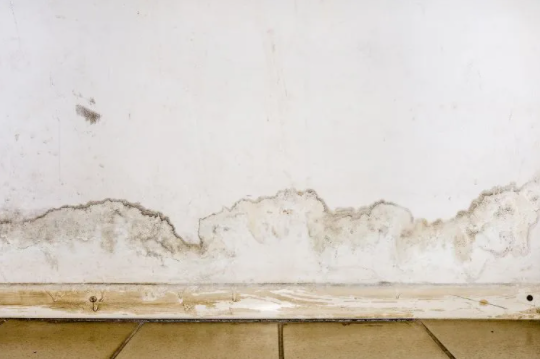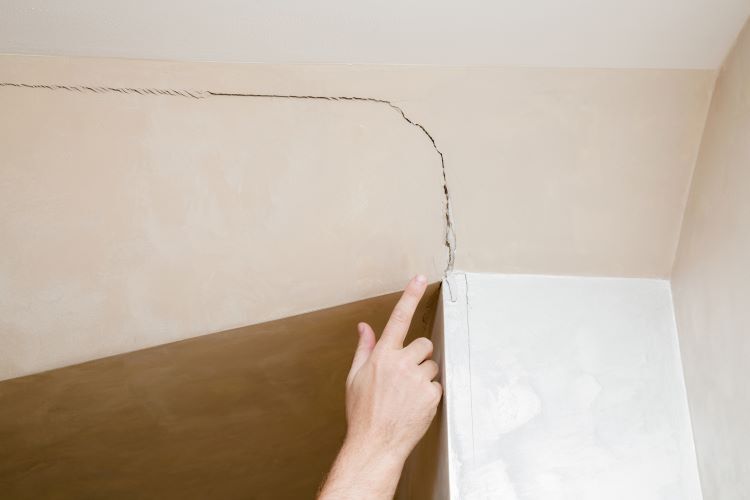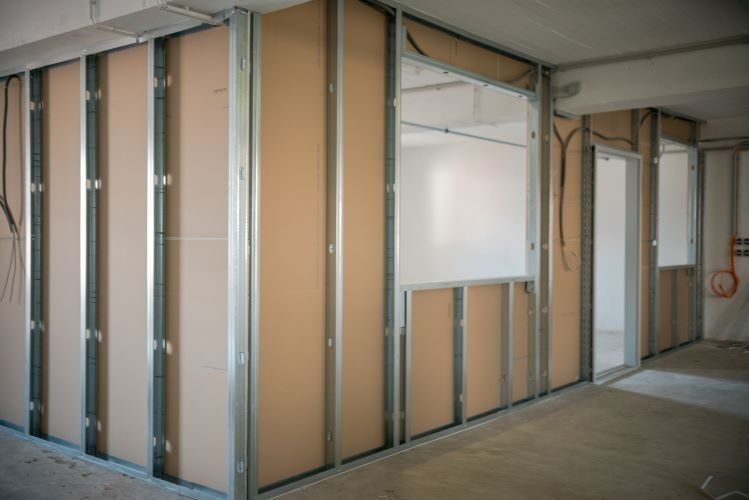Effective Ways To Identify Water Damage on Drywall

Water damage can wreak havoc on your home, causing unsightly stains, weakening structural integrity, and fostering mold growth. As a homeowner, it's crucial to be able to identify signs of water damage on drywall so that you can address the issue promptly. In this blog post, we'll discuss how to recognize water damage on drywall and the steps you can take to repair and prevent further damage.
Signs of Water Damage on Drywall:
- Discoloration: One of the most obvious signs of water damage on drywall is discoloration. Look for yellow or brown stains on the walls or ceiling, which indicate moisture absorption and potential mold growth.
- Swelling or Bubbling: When drywall is exposed to water, it can swell or bubble as the moisture penetrates the material. Check for areas where the drywall appears swollen or where the paint is bubbling or peeling away from the surface.
- Soft or Spongy Texture: Wet drywall may feel soft or spongy to the touch, especially in areas where the damage is extensive. Press gently on the surface of the drywall to check for any areas that give way or feel unusually soft.
- Musty Odor: Water damage often creates a musty or moldy odor in the affected area. If you notice a persistent odor, especially in areas prone to moisture, it could be a sign of hidden water damage behind the drywall.
- Visible Mold Growth: Mold thrives in damp, humid environments, making water-damaged drywall an ideal breeding ground. Keep an eye out for any visible mold growth on the surface of the drywall or in nearby areas.
Steps to Address Water Damage on Drywall:
- Identify and Repair the Source: Before addressing the water damage on the drywall, it's essential to identify and repair the source of the water intrusion. Common sources of water damage include leaky pipes, roof leaks, and plumbing issues. Once the source has been addressed, you can focus on repairing the damage.
- Remove Damaged Material: In cases of severe water damage, it may be necessary to remove the affected drywall completely. Use a utility knife to cut away any swollen or damaged sections of drywall, being careful not to cut into the underlying structure.
- Dry Out the Area: Once the damaged drywall has been removed, allow the area to dry thoroughly before proceeding with repairs. Use fans, dehumidifiers, and open windows to promote airflow and speed up the drying process.
- Replace Damaged Drywall: After the area has dried completely, replace the damaged drywall with new material. Be sure to measure and cut the drywall to fit the space accurately, and secure it in place with drywall screws.
- Patch and Finish: Once the new drywall is installed, patch any seams or gaps with drywall compound and sand the surface smooth. Apply primer and paint to match the surrounding area, ensuring a seamless finish.
Preventing Future Water Damage:
- Regular Maintenance: Stay vigilant for signs of water damage and address any leaks or moisture issues promptly.
- Proper Ventilation: Ensure proper ventilation in areas prone to moisture, such as bathrooms, kitchens, and basements, to prevent condensation and mold growth.
- Sealant Application: Apply waterproof sealant to vulnerable areas, such as around windows, doors, and plumbing fixtures, to prevent water intrusion.
- Gutter Maintenance: Keep gutters clean and free of debris to prevent water from pooling near the foundation of your home.
By knowing how to identify water damage on drywall and taking prompt action to address it, you can protect your home from further damage and ensure the health and safety of your family. If you're dealing with water damage on your drywall, don't hesitate to contact Calgary Drywallers for professional assistance and repairs.
You might also like


